This Month on the Node – September 2012
Posted by the Node, on 1 October 2012
September is “back to school”-month in a lot of countries, and “back to the lab” for those lucky few who had time off. We saw this reflected on the Node with a lot of varied content and several job postings. Here’s a summary.
 EMBO meeting
EMBO meeting
The annual EMBO meeting took place in Nice from September 22-25, and Eva was attending the meeting as official conference blogger. Several of her posts are still to come – including interviews with speakers – but you can see them all under the “EMBO” tag on the Node. Aside from writing summaries of conference talks, Eva had a chance to ask some of the plenary speakers for presentation tips.
“All three of them gave the same two basic tips:
1. Spend time preparing your slides. Don’t put too much information on them.
2. Always keep your audience in mind. They don’t know as much about your field as you do.
What they did not agree on was whether or not you should practise your talk.”
Node readers can share their views on practising talks in the poll in the post. Most of you do diligently practise your presentations!
Speaking of conferences: don’t forget to add upcoming conferences to our calendar! You will need an active Node account to do so, and you can register here.
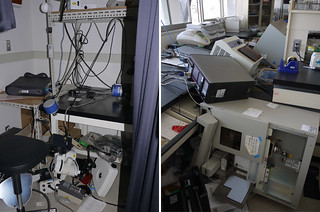 Research – the Tamura lab’s earthquake experience
Research – the Tamura lab’s earthquake experience
This summer, Tohru Yano, from Koji Tamura’s lab, published a paper on zebrafish fin development, but he had to overcome a few unusual obstacles to finish the work: Their lab was damaged in the 2011 earthquake in Japan, destroying some equipment, and leaving the fish without easy access to fresh water. Read his post about what happened behind the scenes.
“When our water tank for fish became depleted of water after two weeks, we filtered water from a well at a place far from our fish room (the only place to obtain water in the campus) and we carried heavy plastic containers filled with water to the fish room. We were able to keep all of the fish lines alive (I had maintained the fish lines with tender care for six years from when I was an undergraduate student without the assistance of any fish technicians).”
“(…) We returned the fluorescence microscopes and DNA sequence analyzer back to their original positions, but they all fell onto the floor again when a big aftershock occurred.”
Luckily, they had help from several organisations to get them back on track within just a few months.
Images
The Glasgow Science Centre is looking for images depicting early embryogenesis in various organisms. If you have some, get in touch with them, and your images might end up in a museum exhibit!
Rachael highlighted the developmental biology images amongst this year’s Wellcome Image Award winners. Both images were taken by Vincent Pasque.
Finally, Node users voted for another Development cover from four images taken by Woods Hole Embryology course students. This was the last batch from the 2011 students, but the 2012 students took some great images as well, and we’ll have those on the site later.
Also on the Node:
–Several new job ads
–Stem cell map of Europe
–Update on Node tech updates


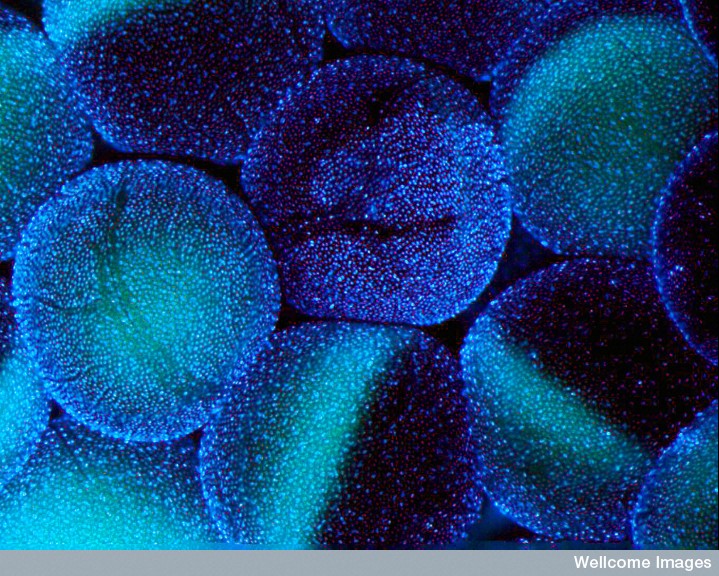
 (3 votes)
(3 votes)



 (No Ratings Yet)
(No Ratings Yet)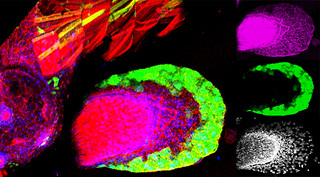
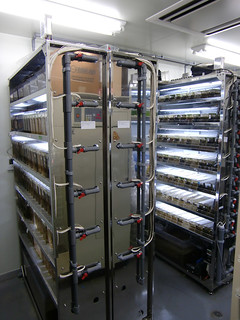
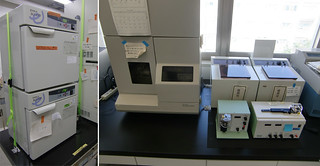
 (14 votes)
(14 votes)